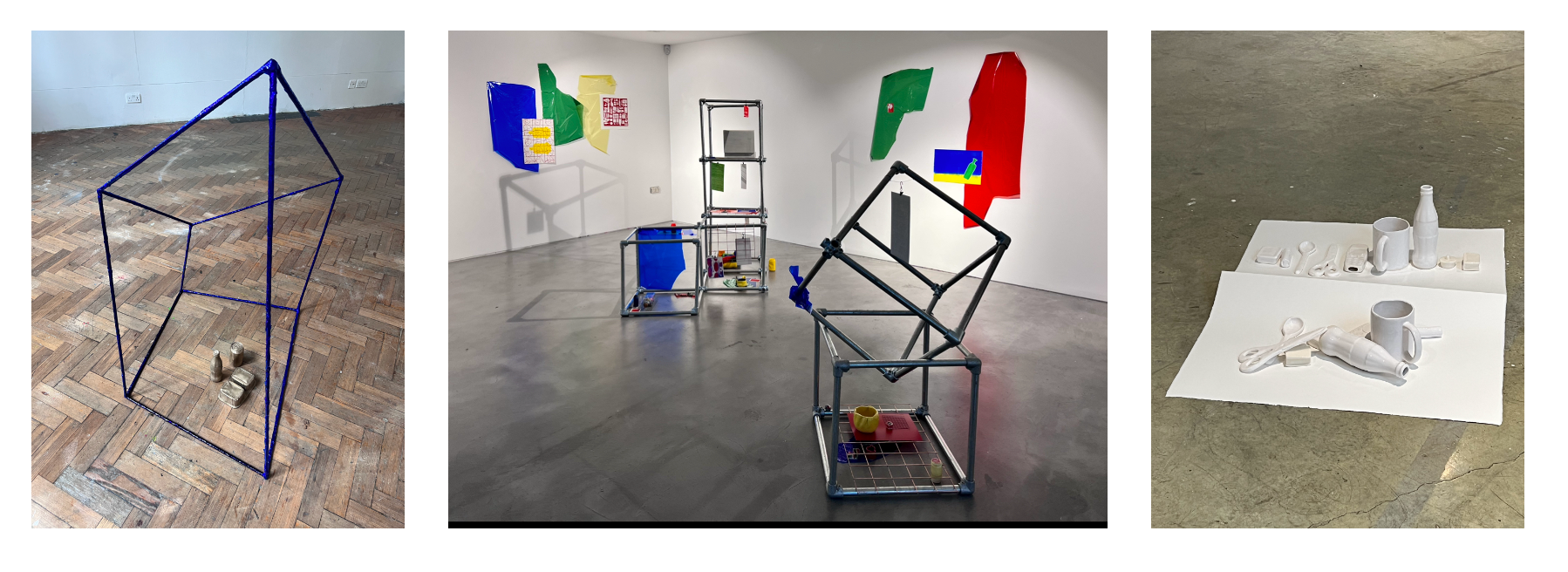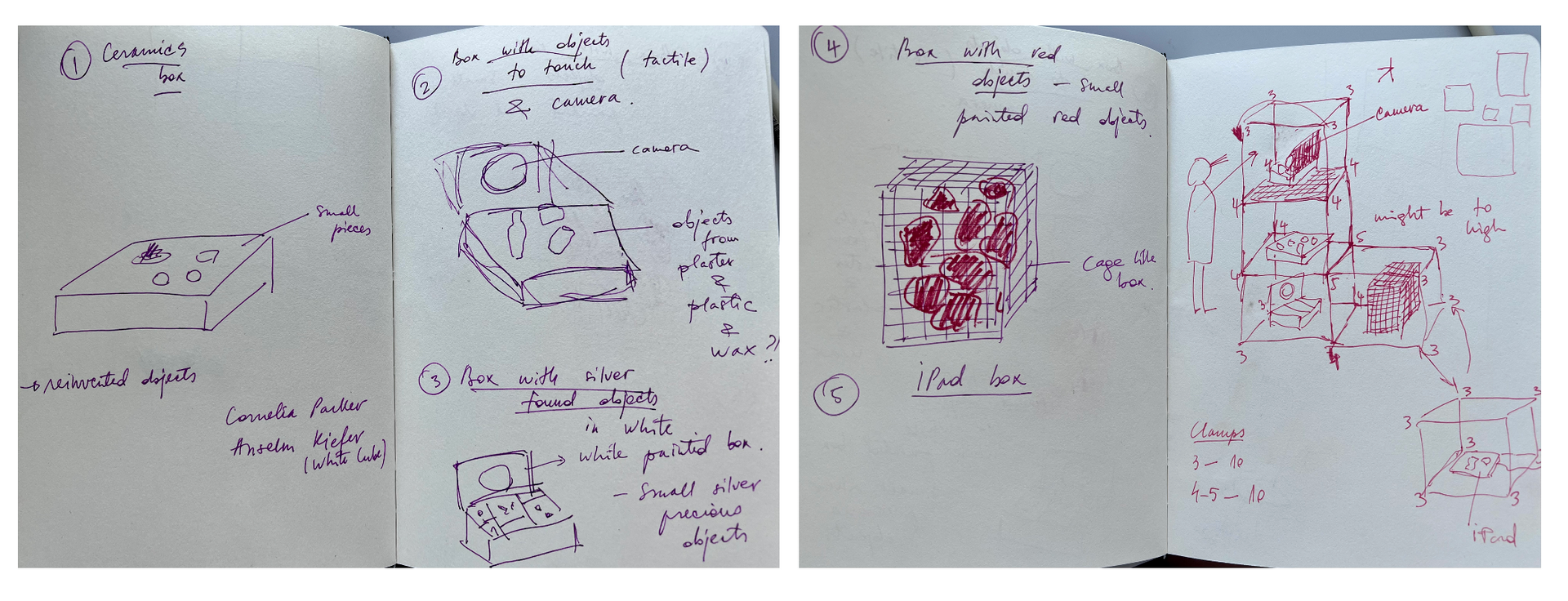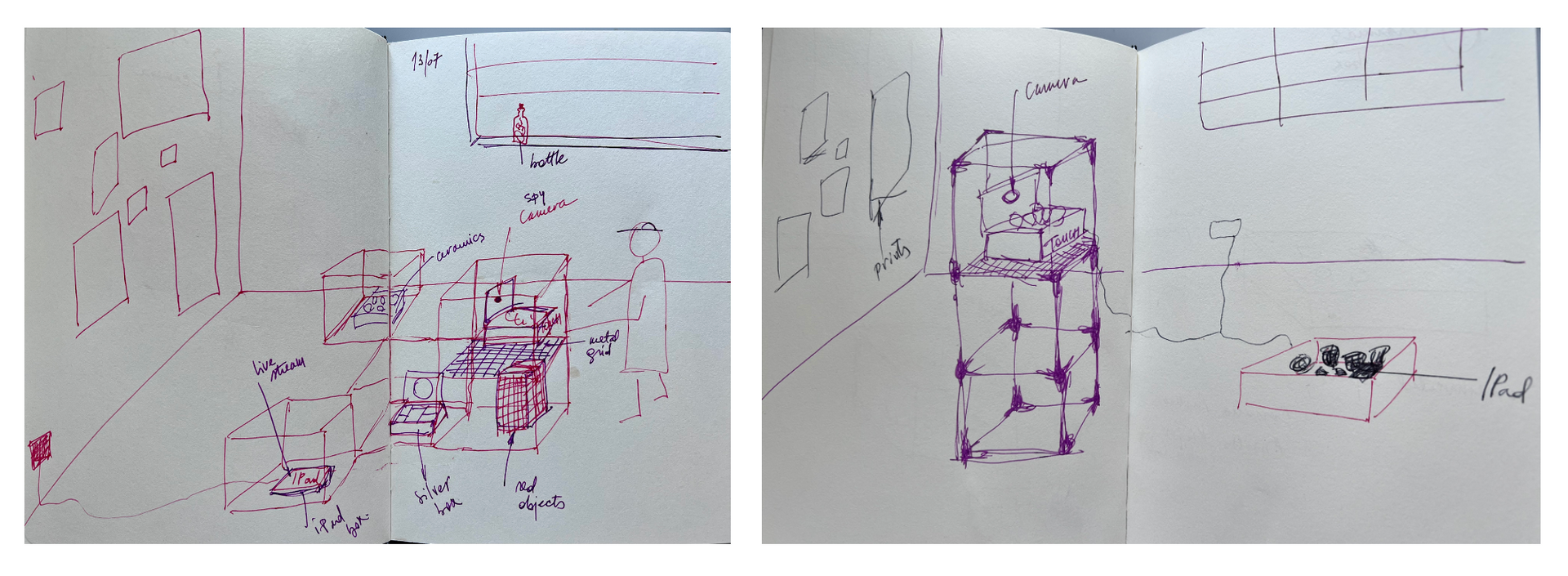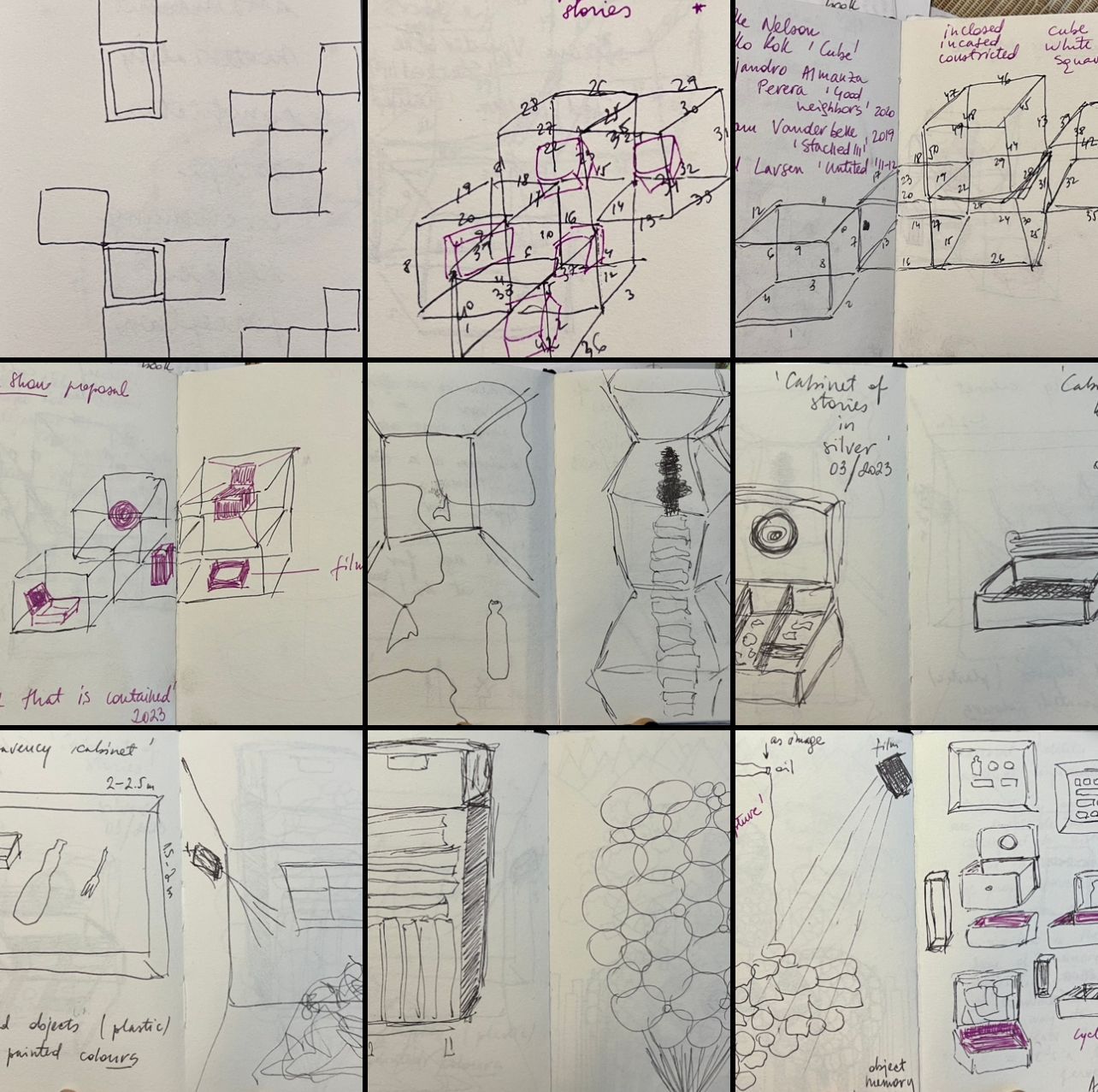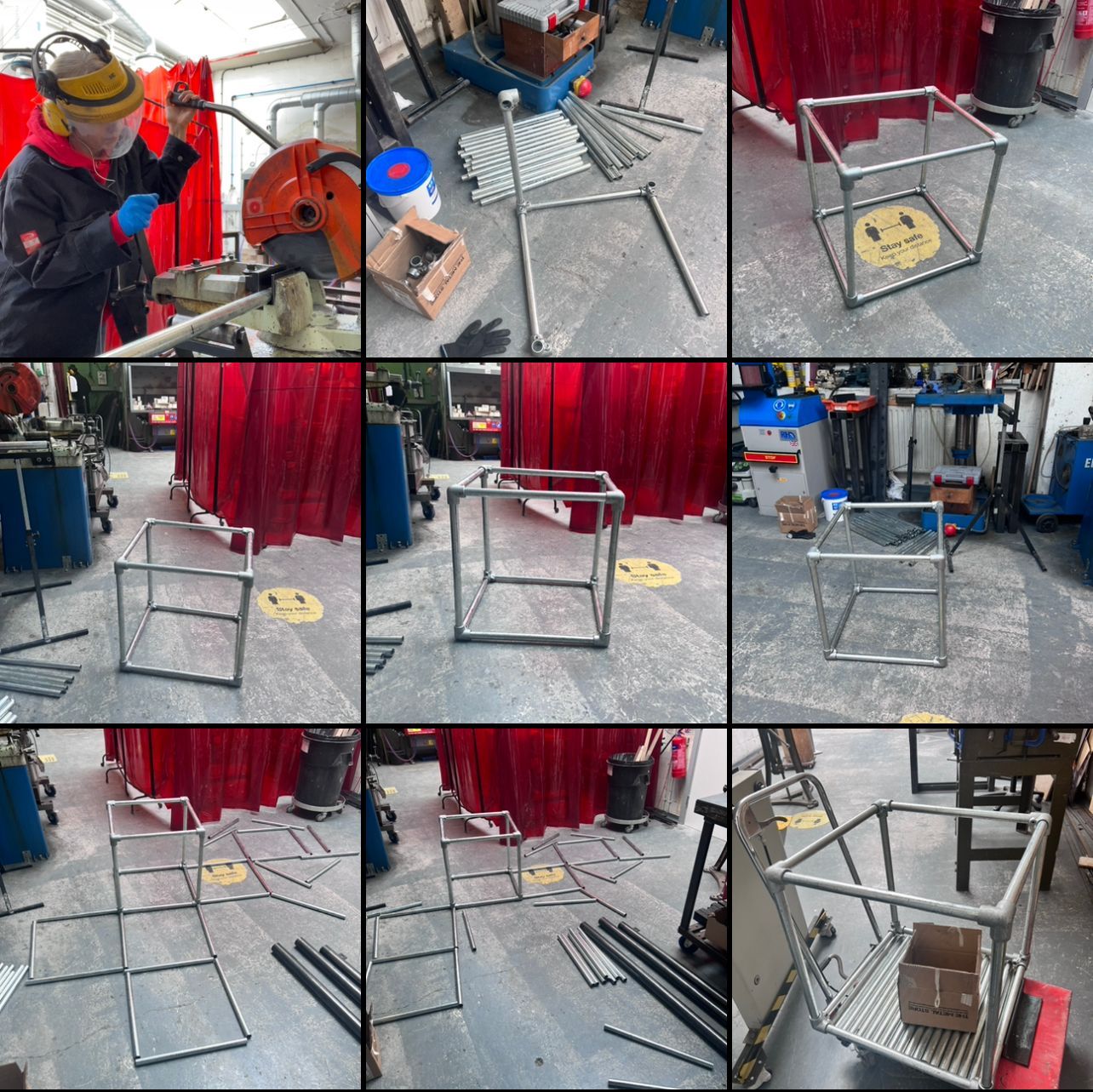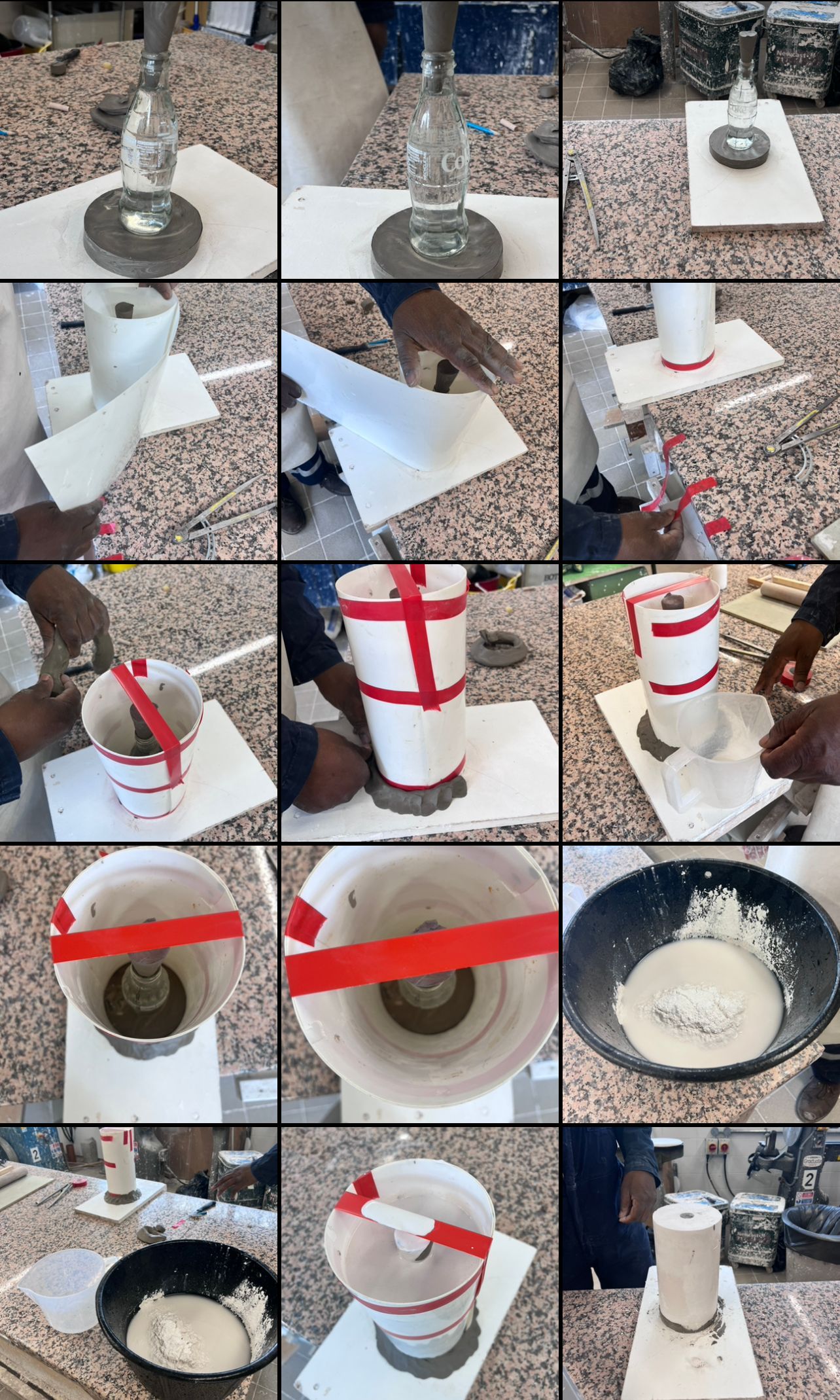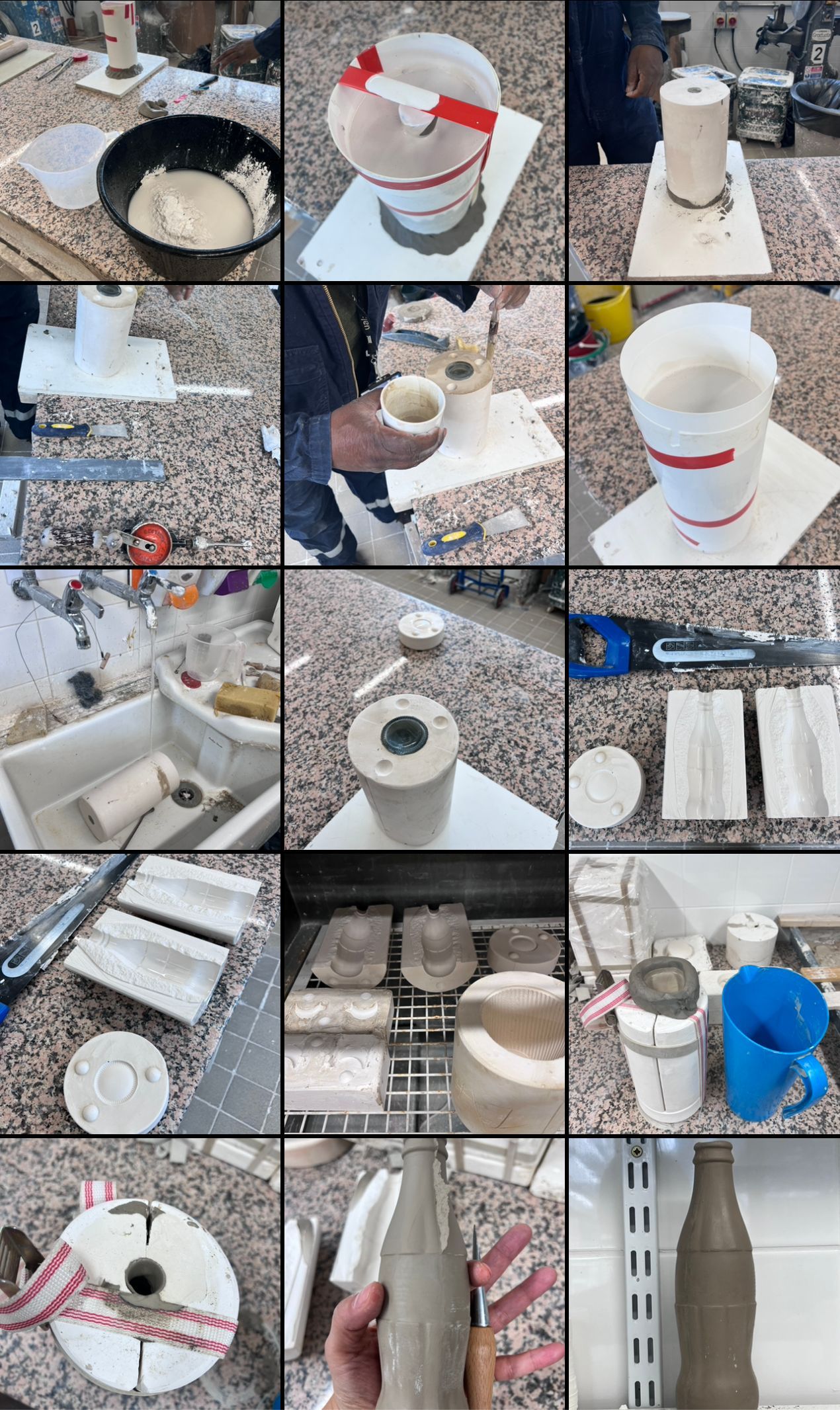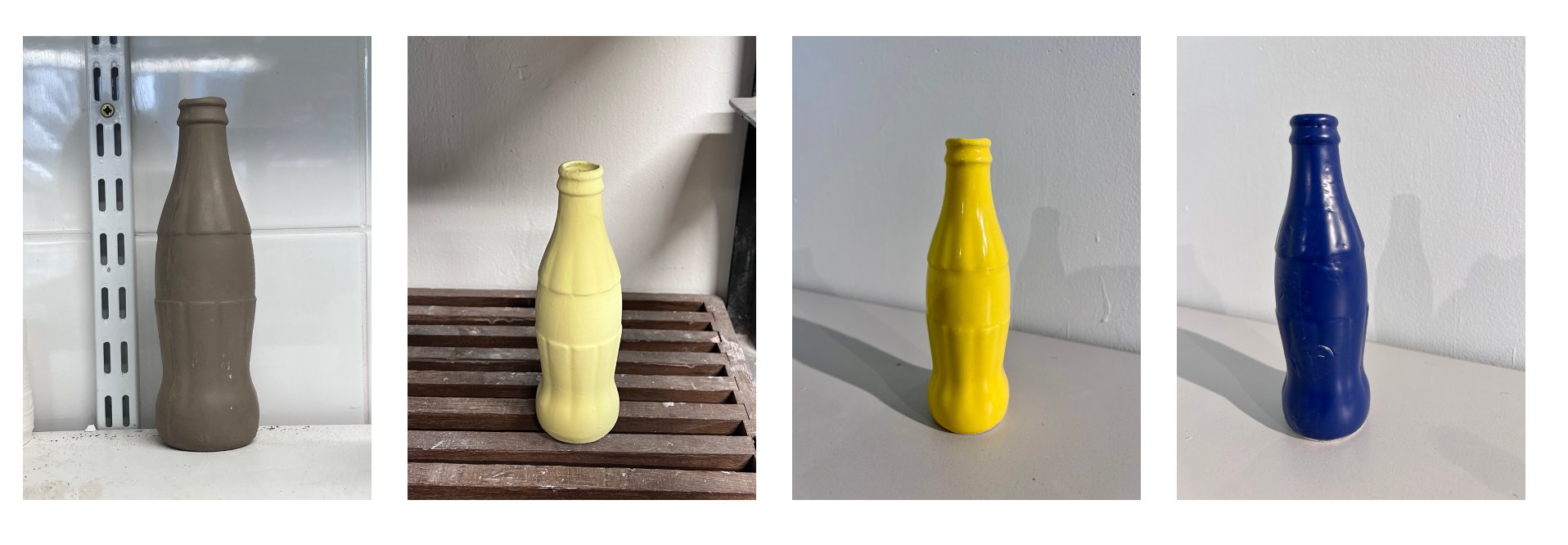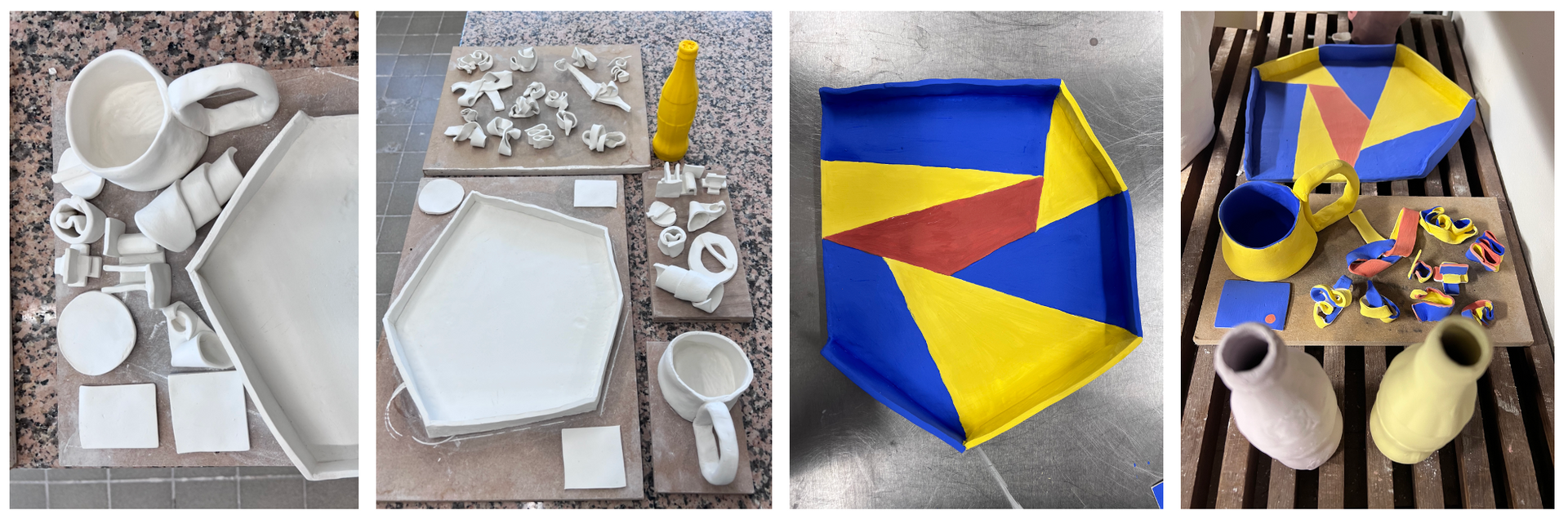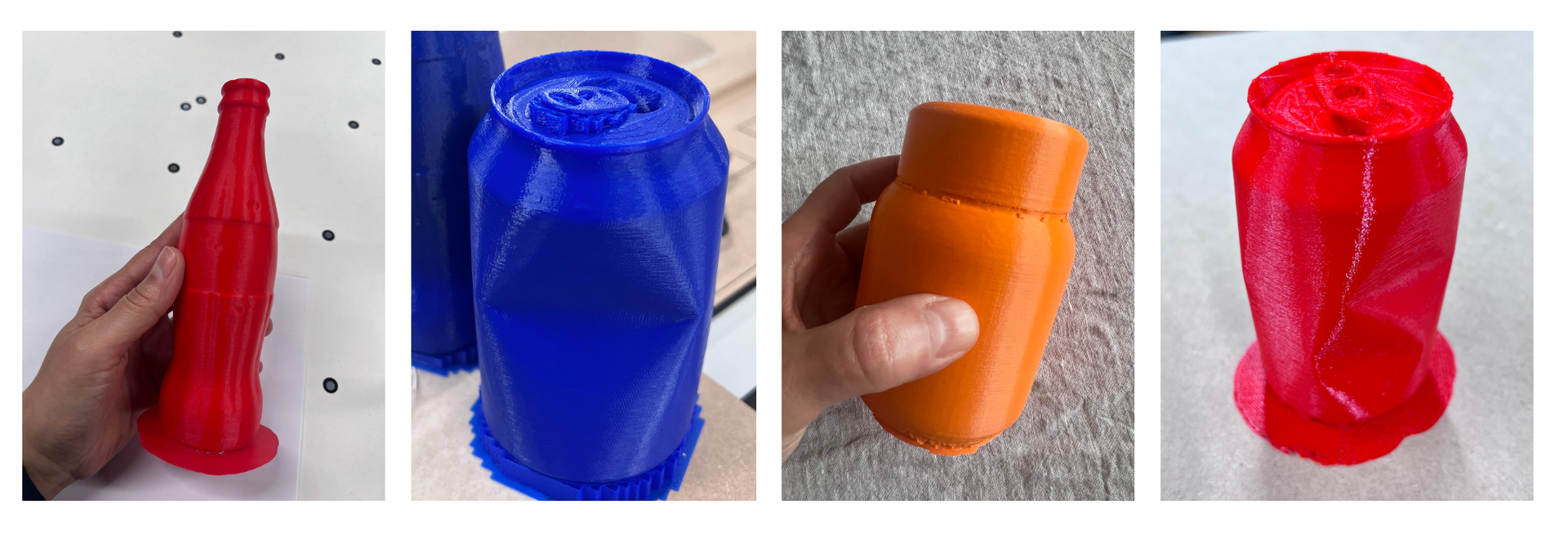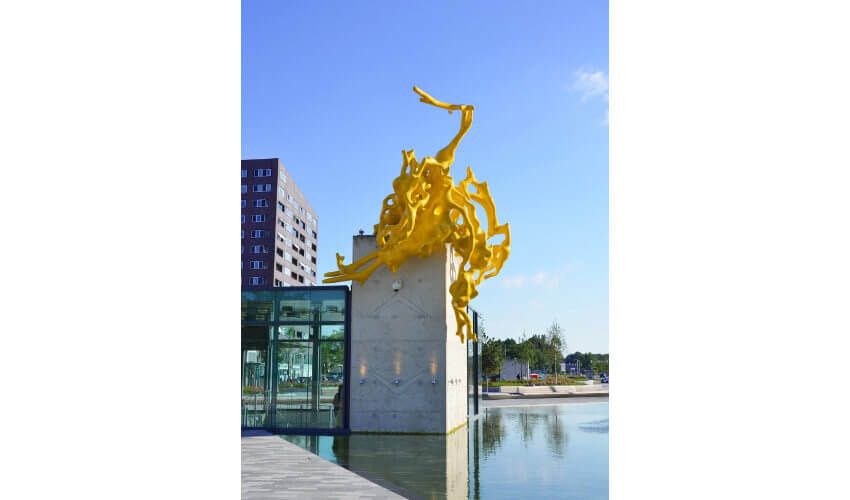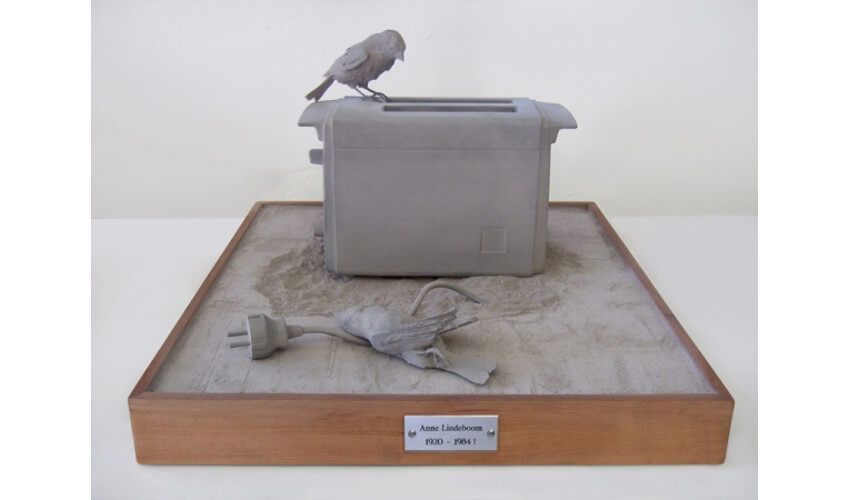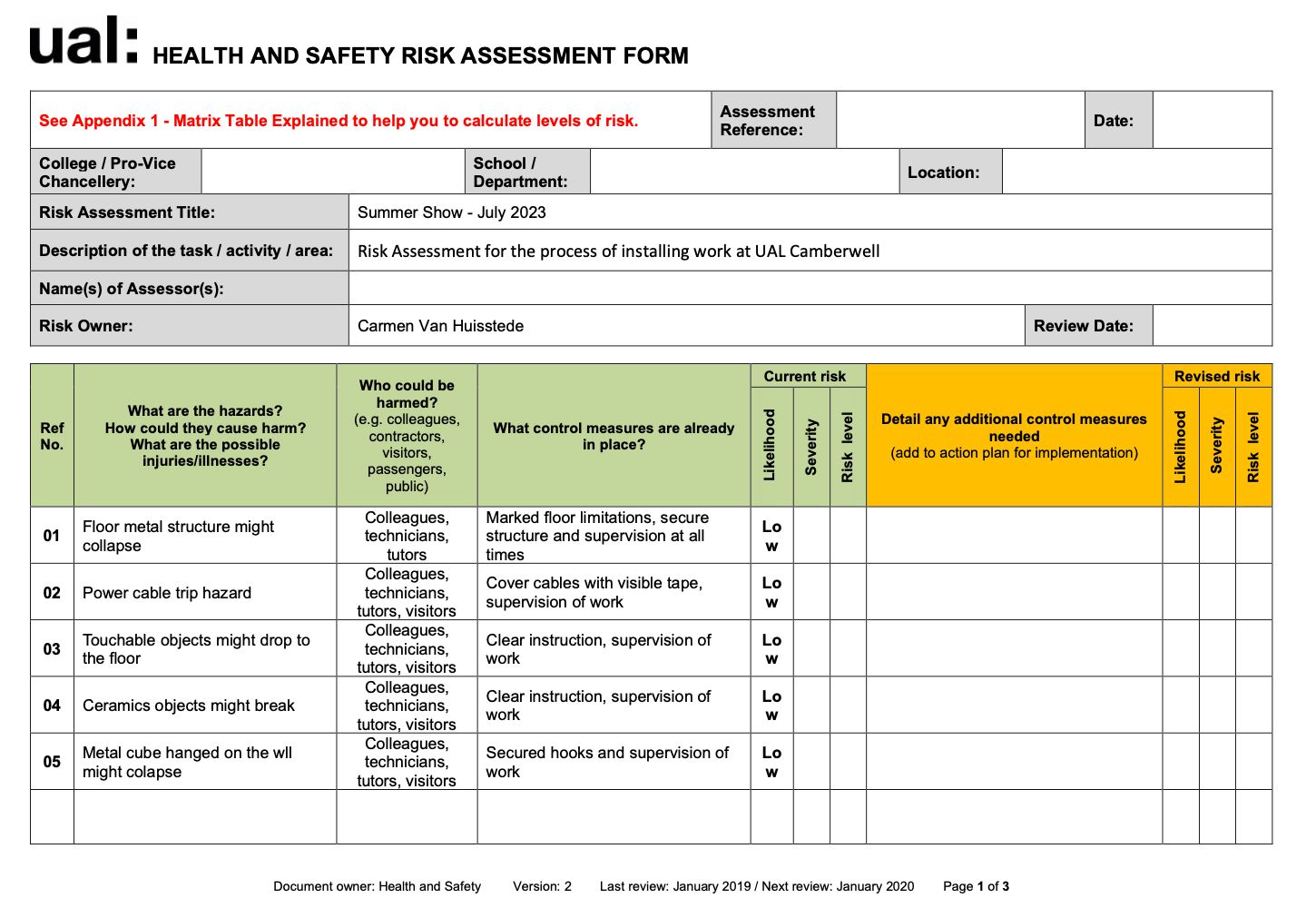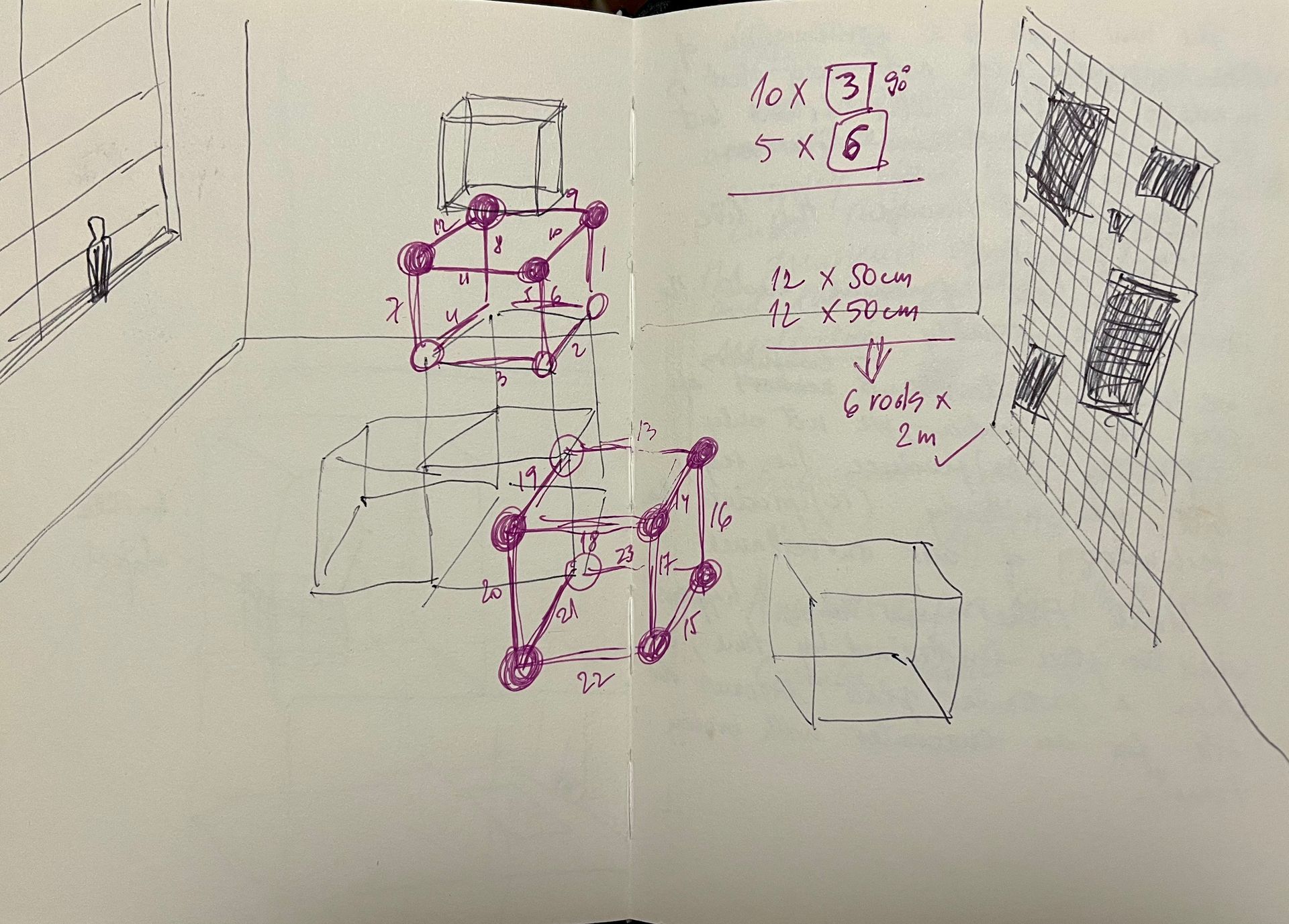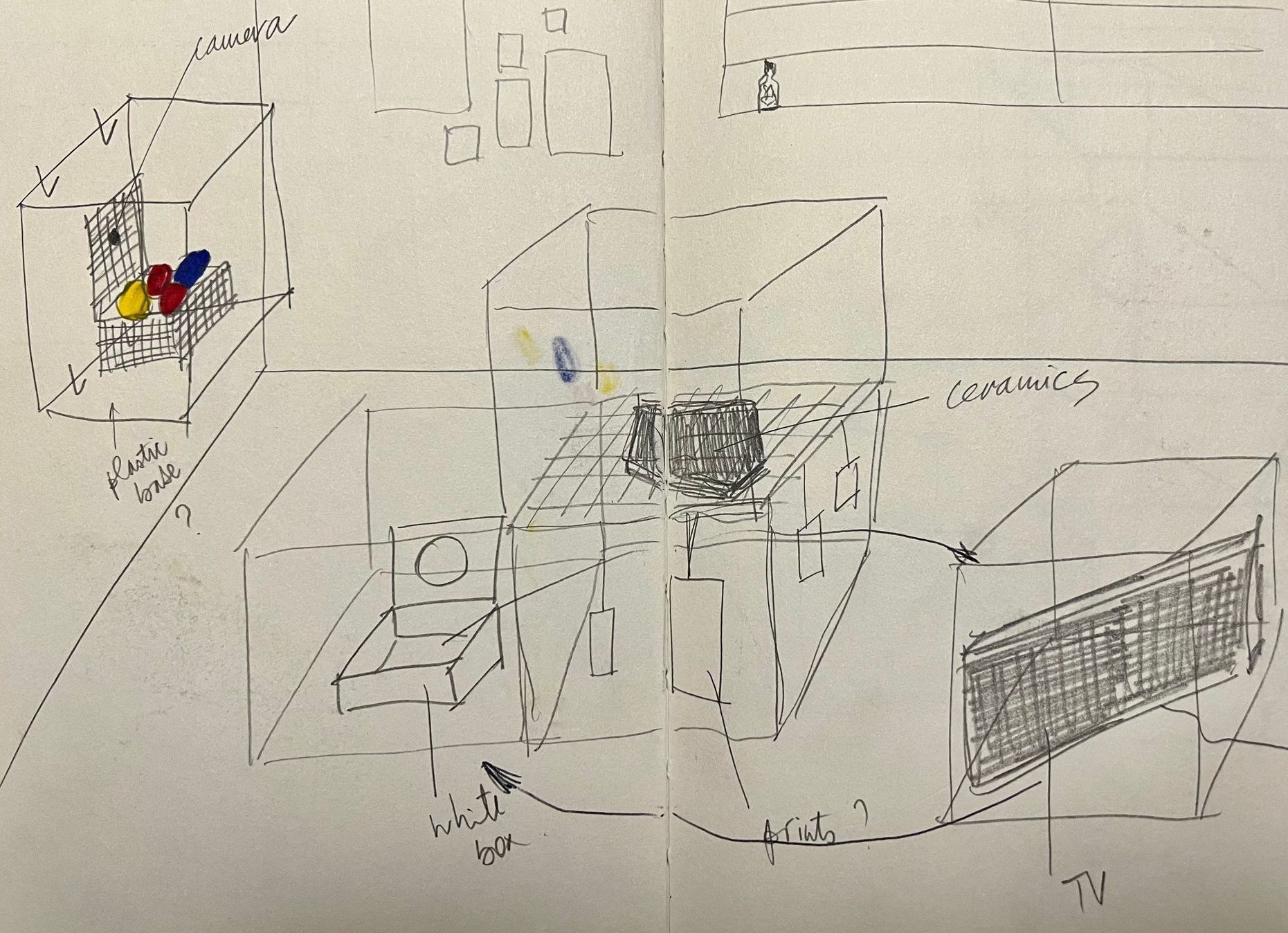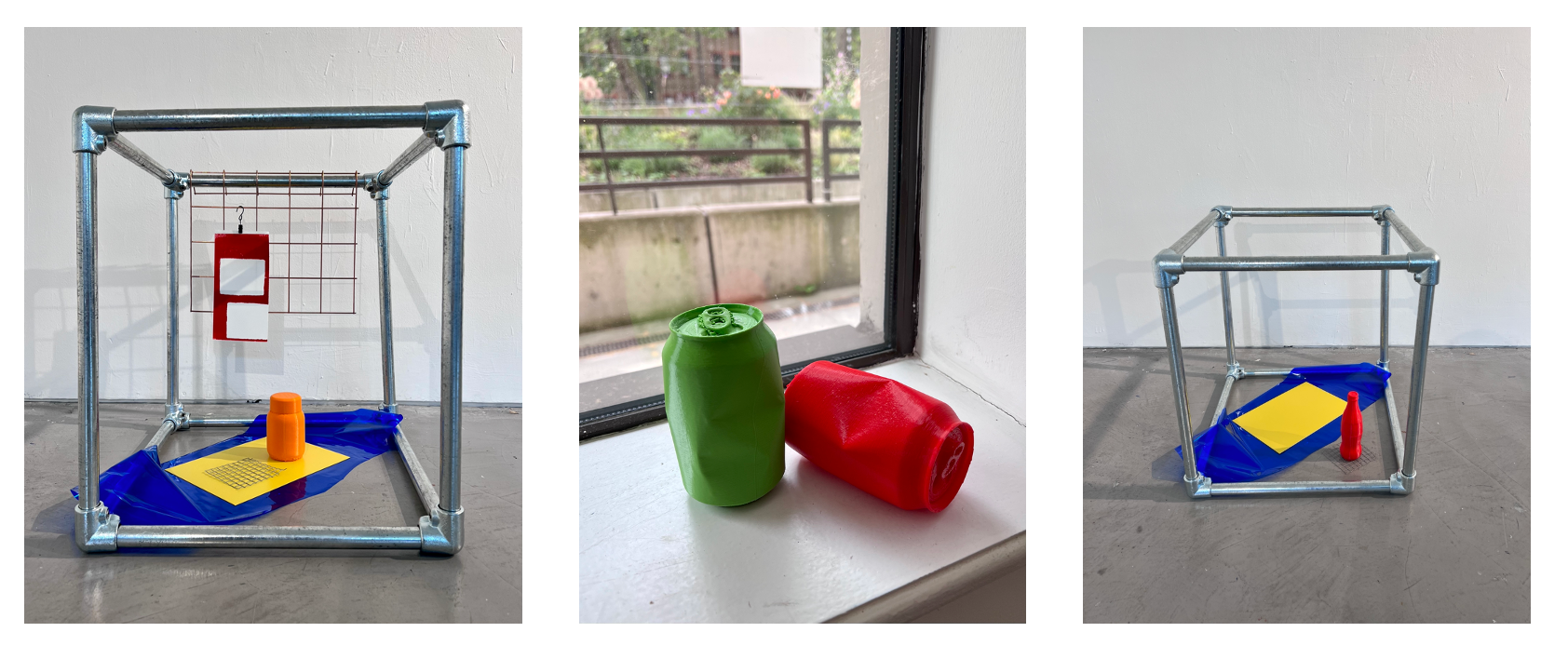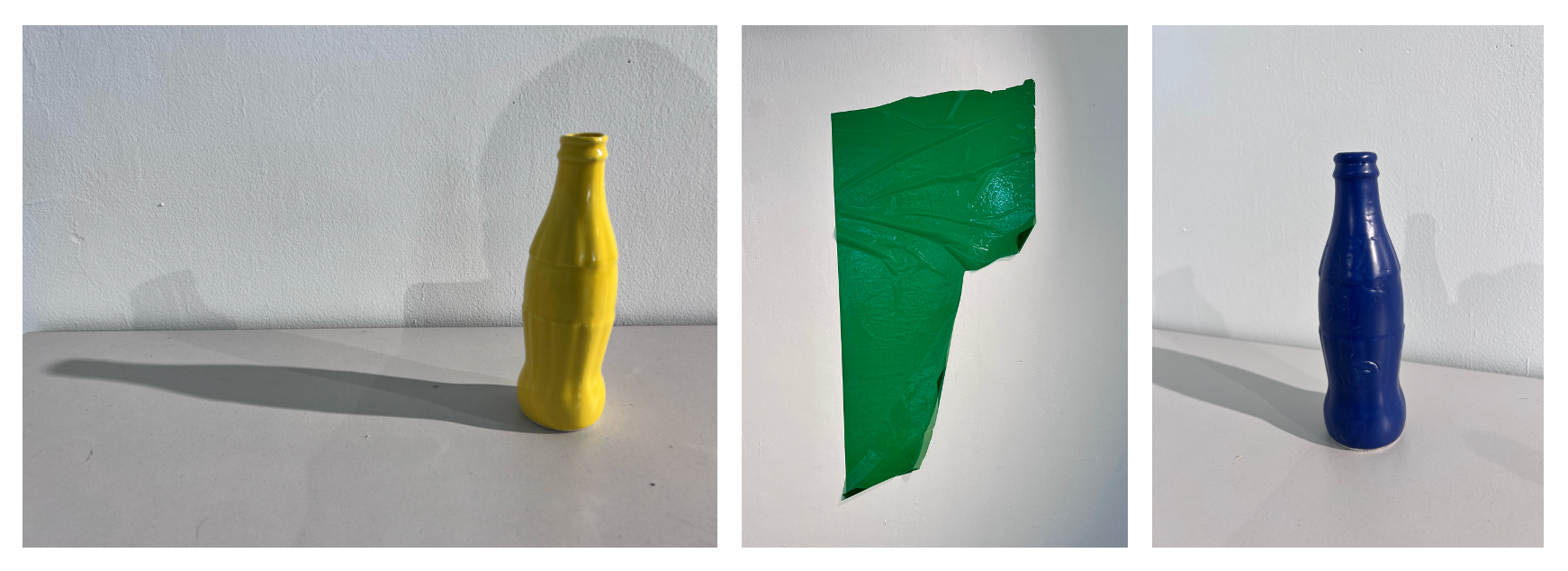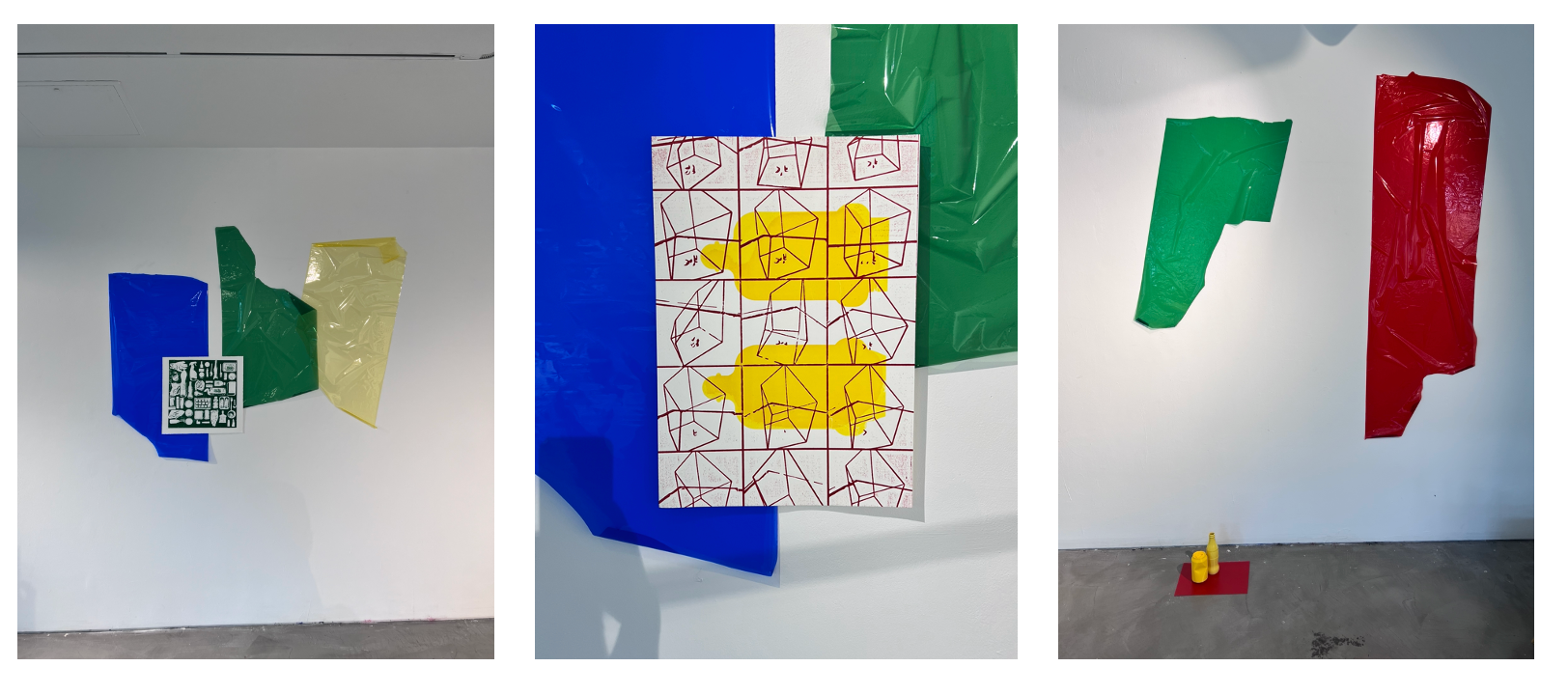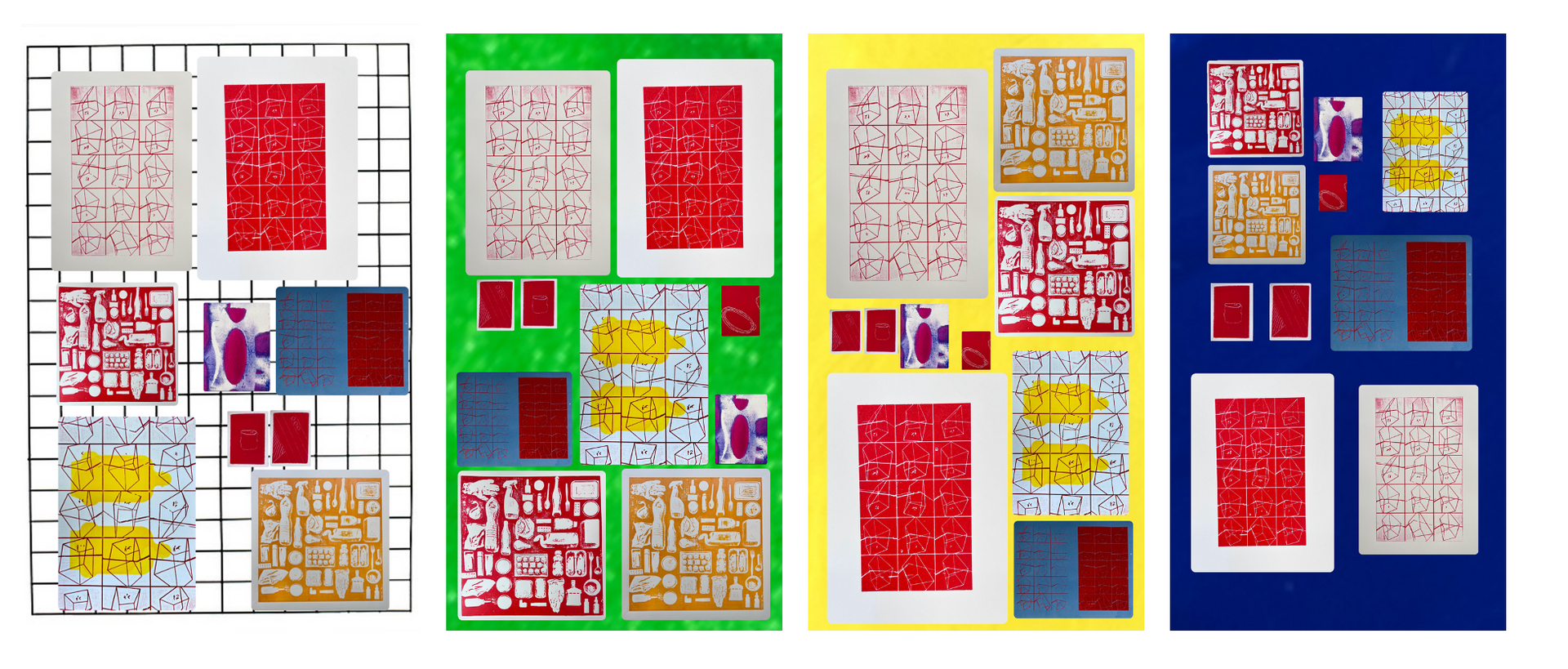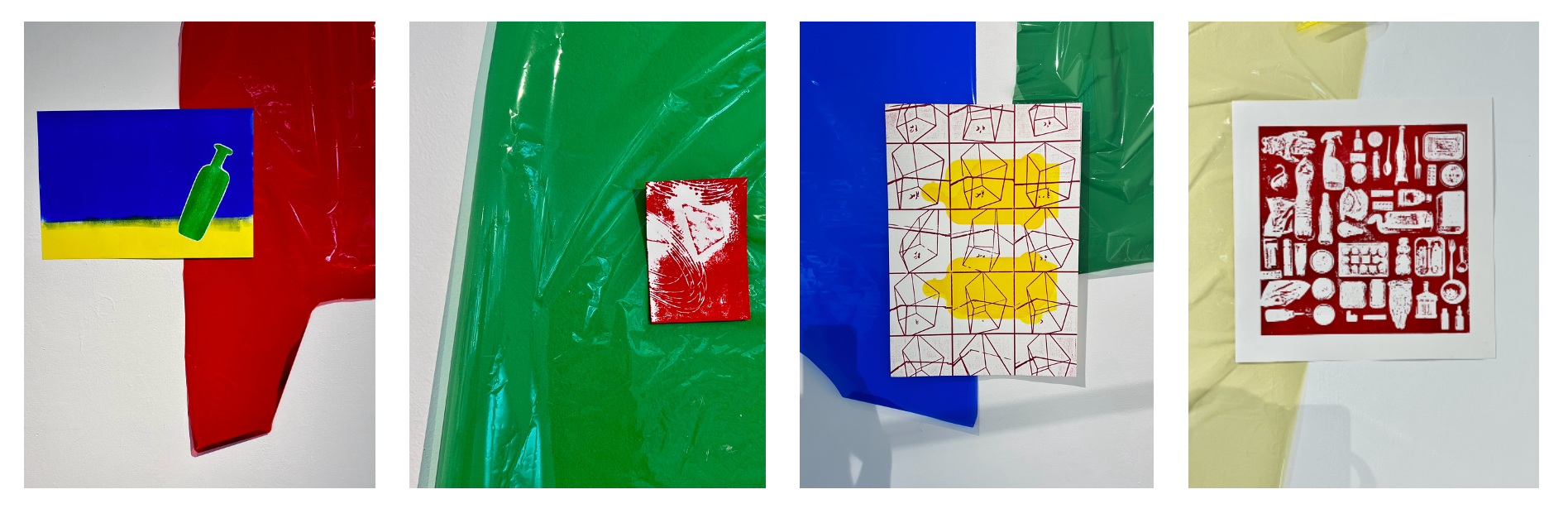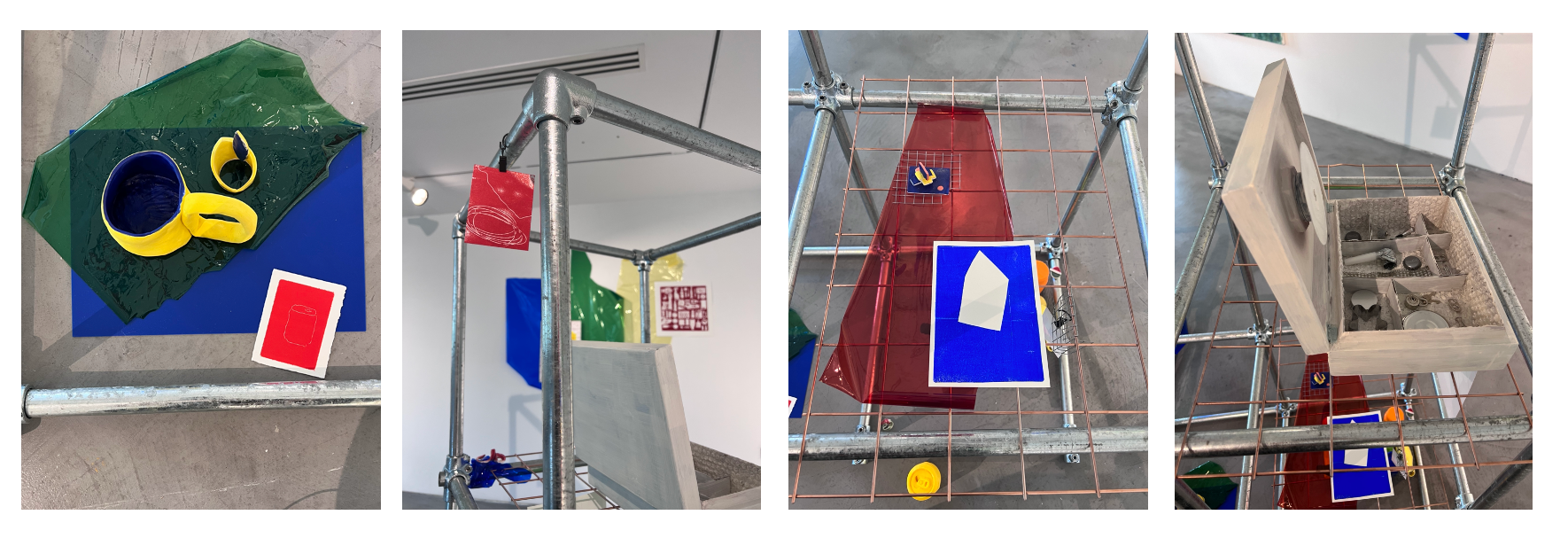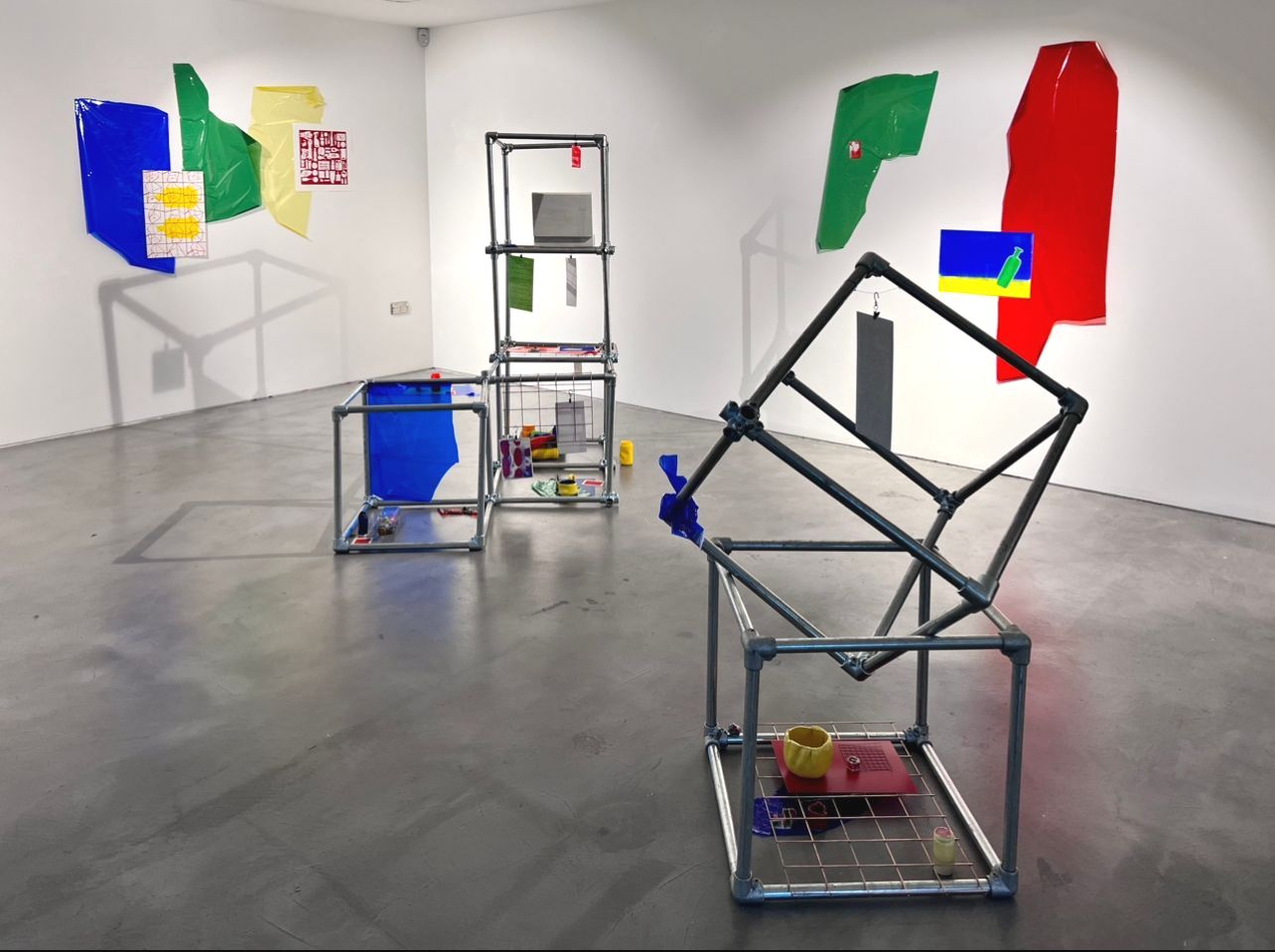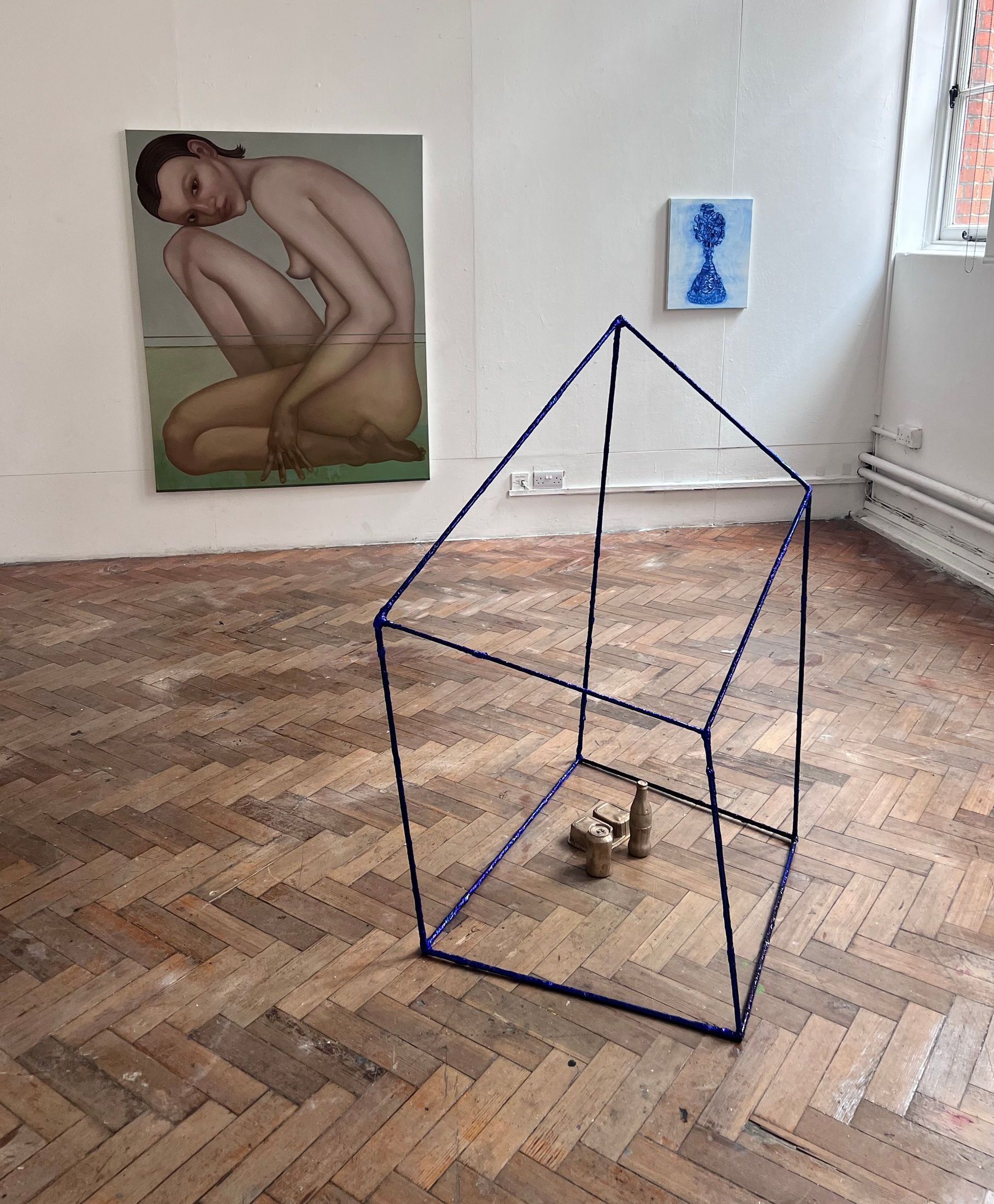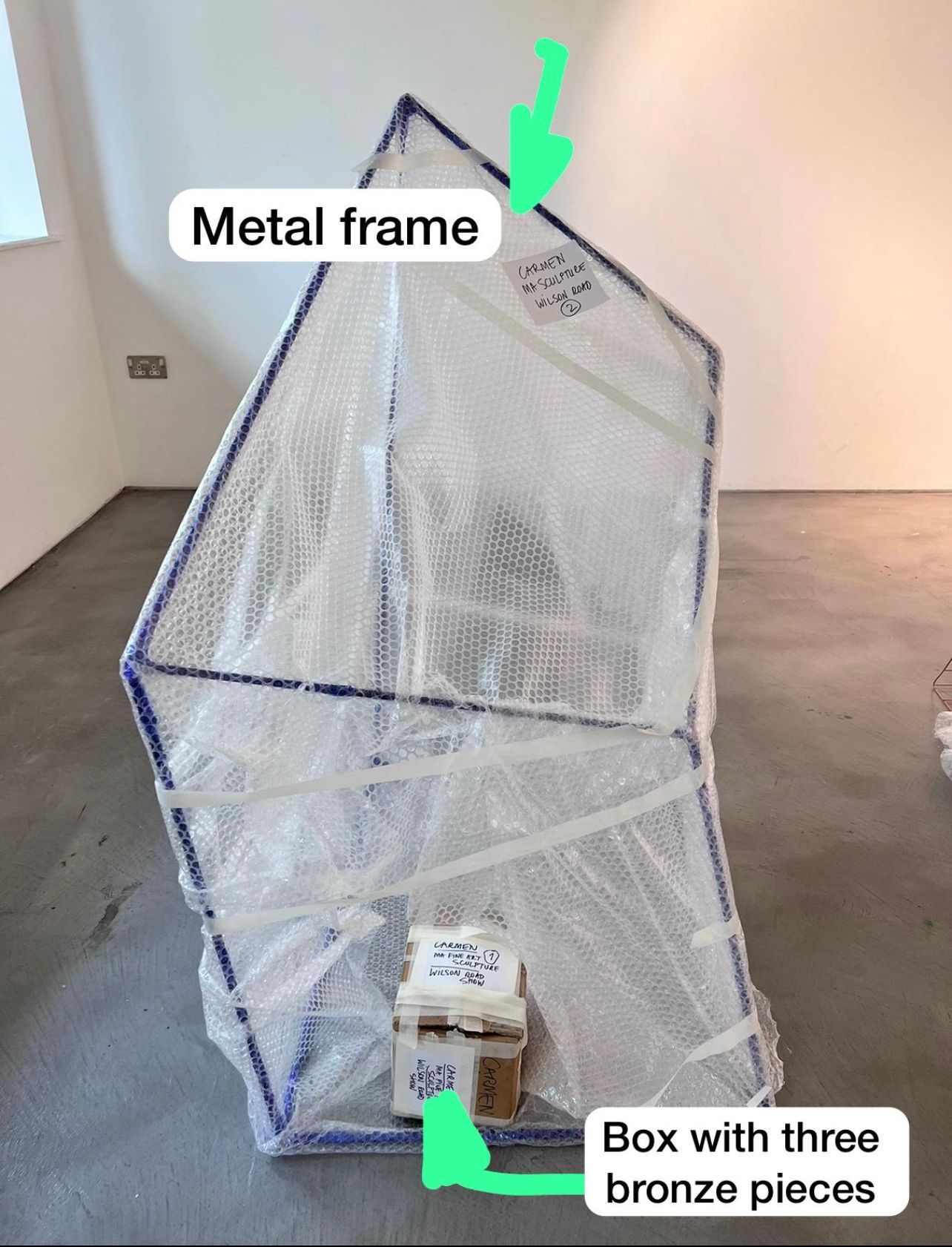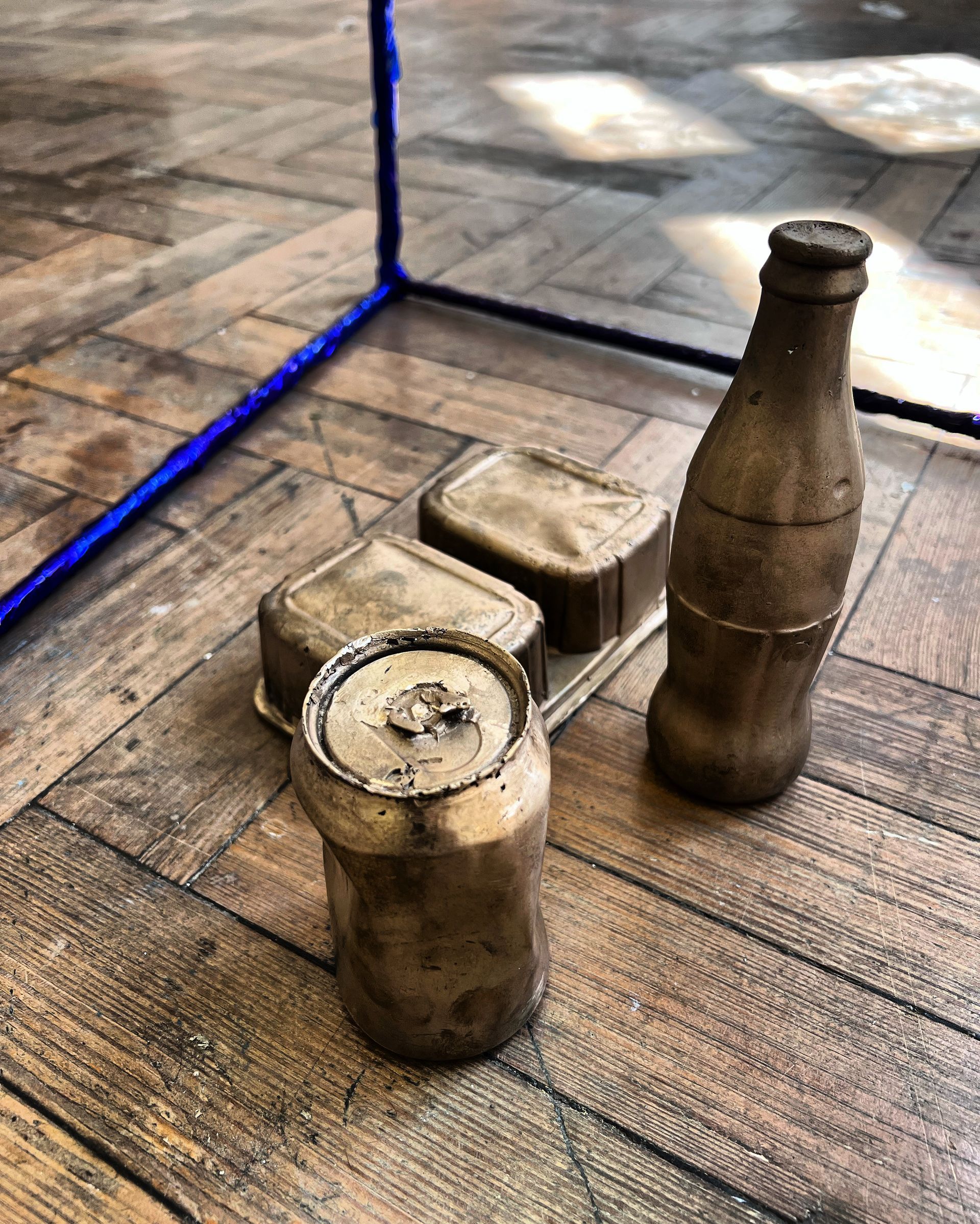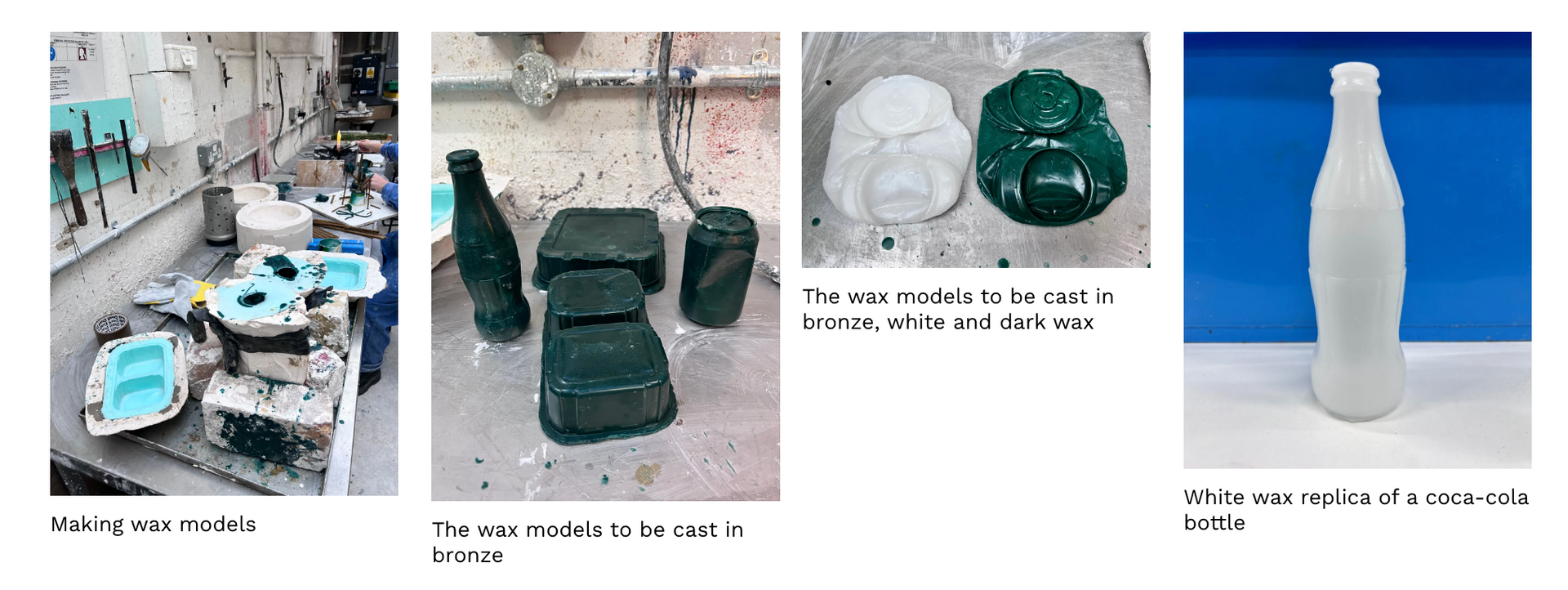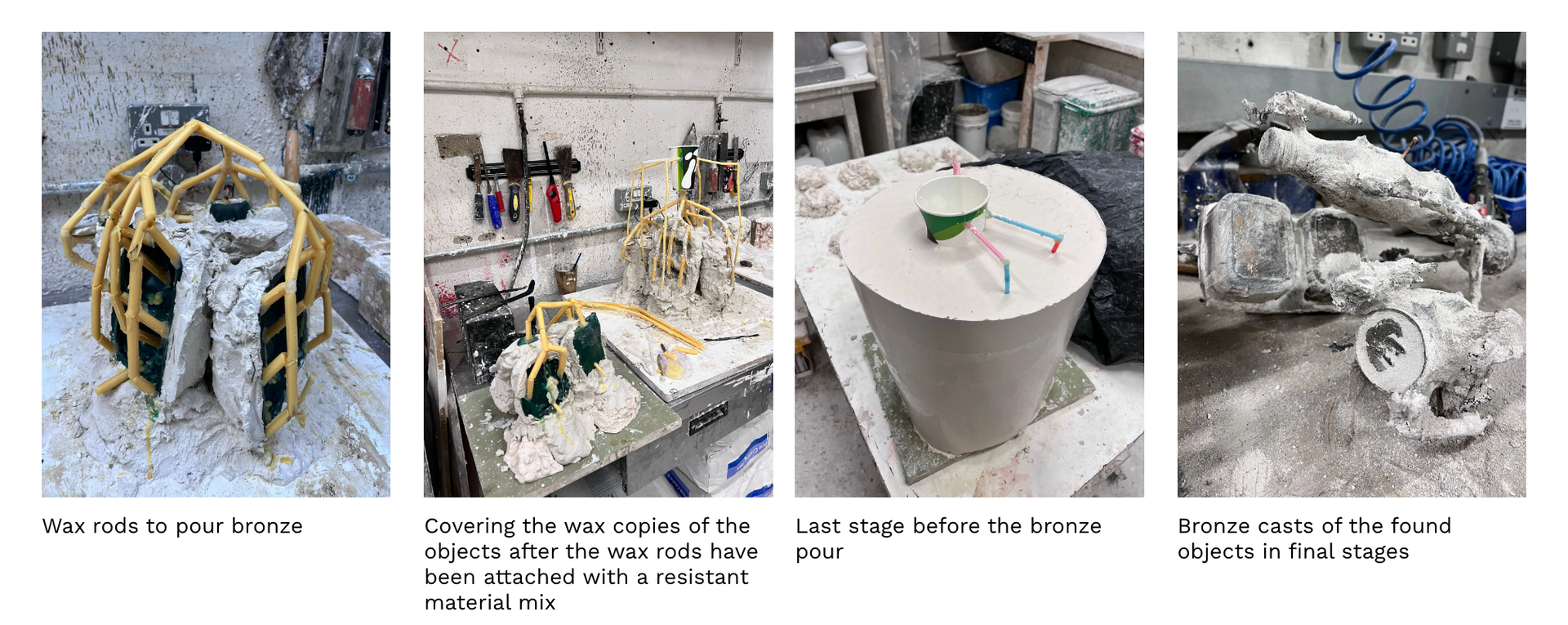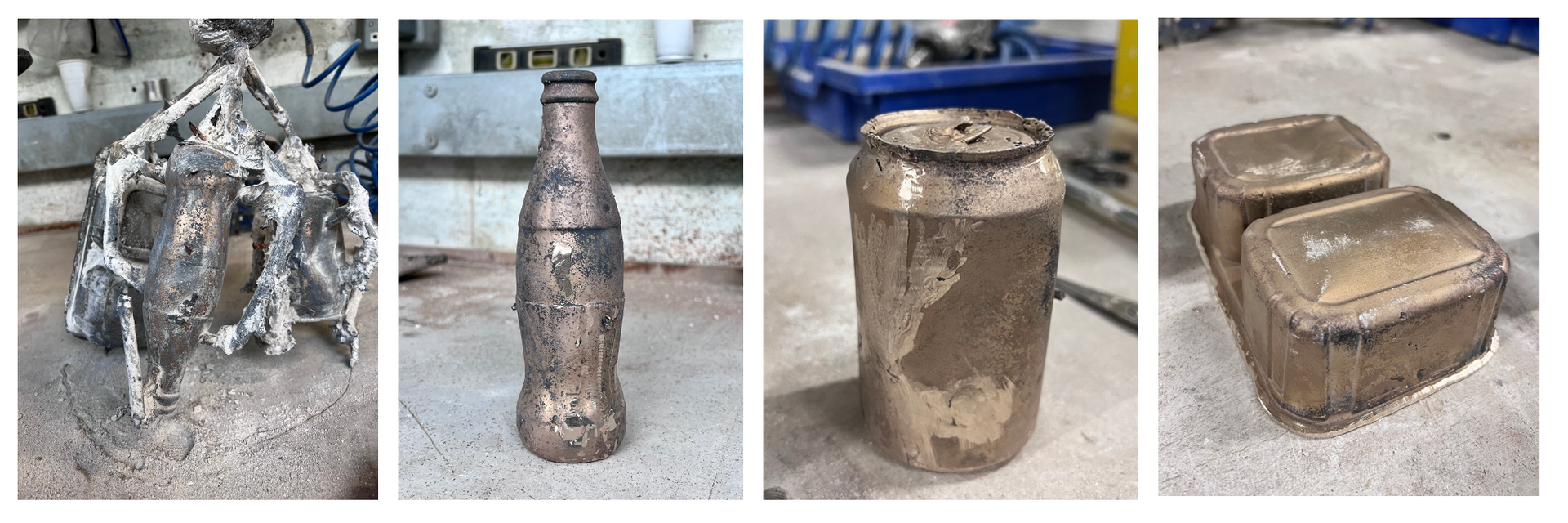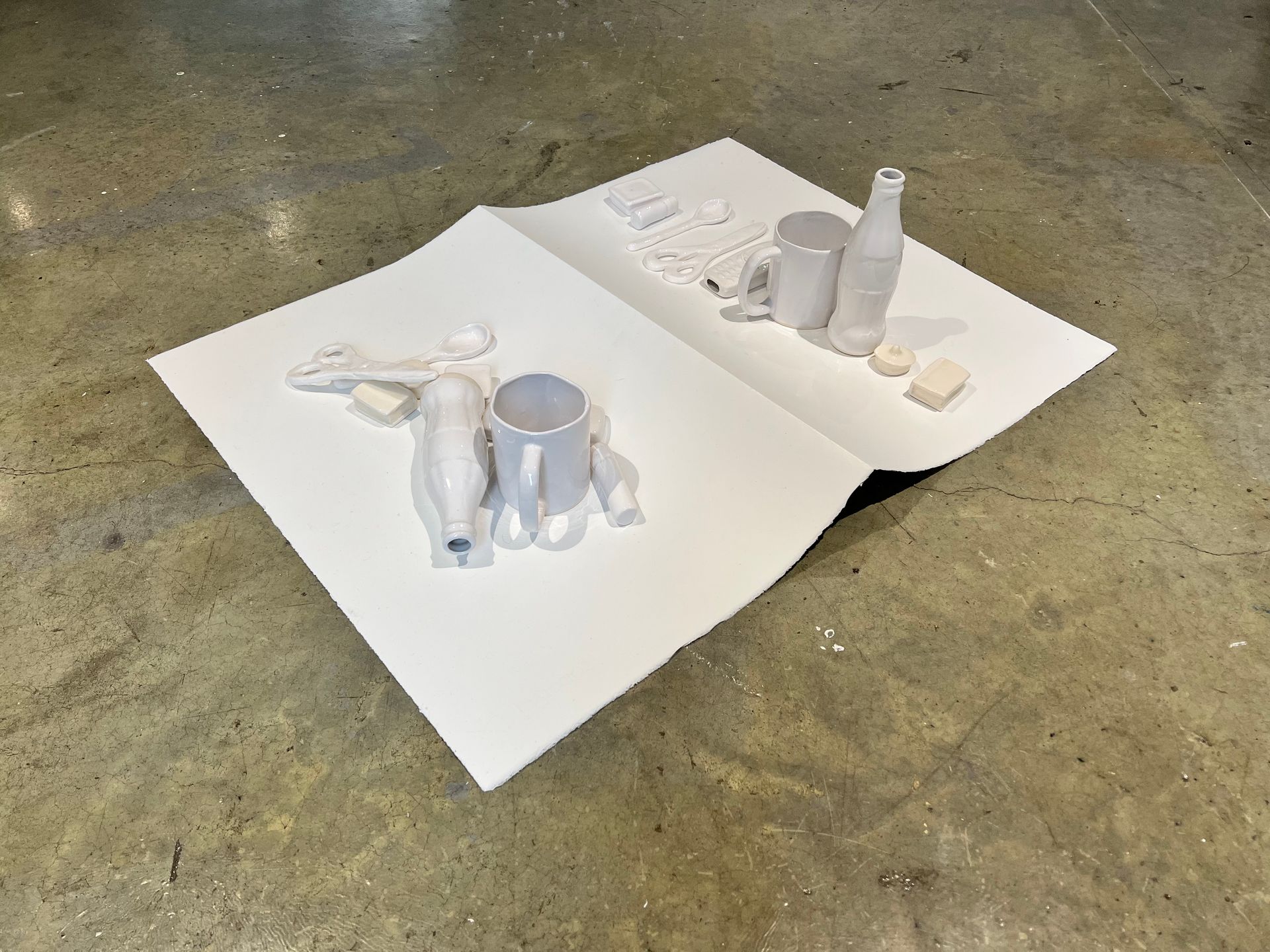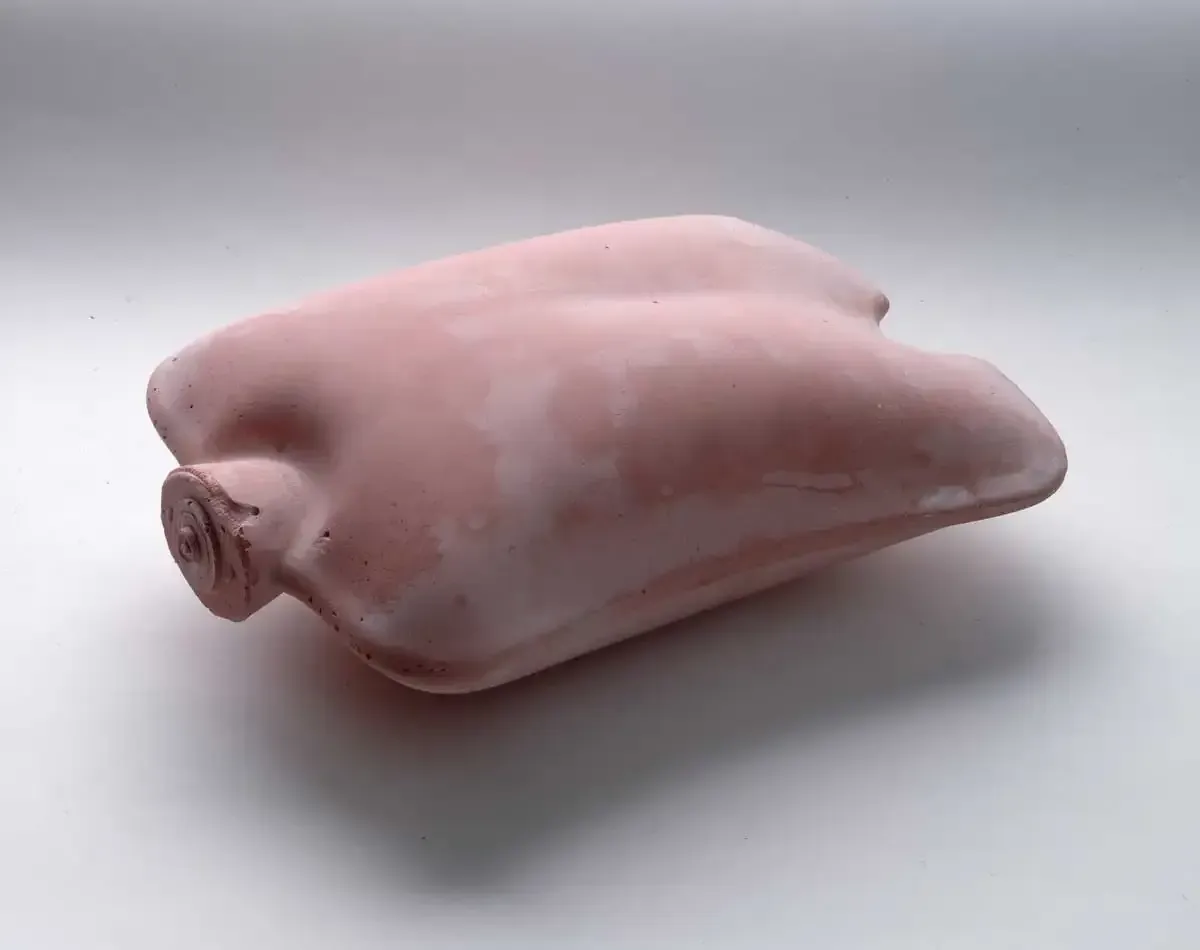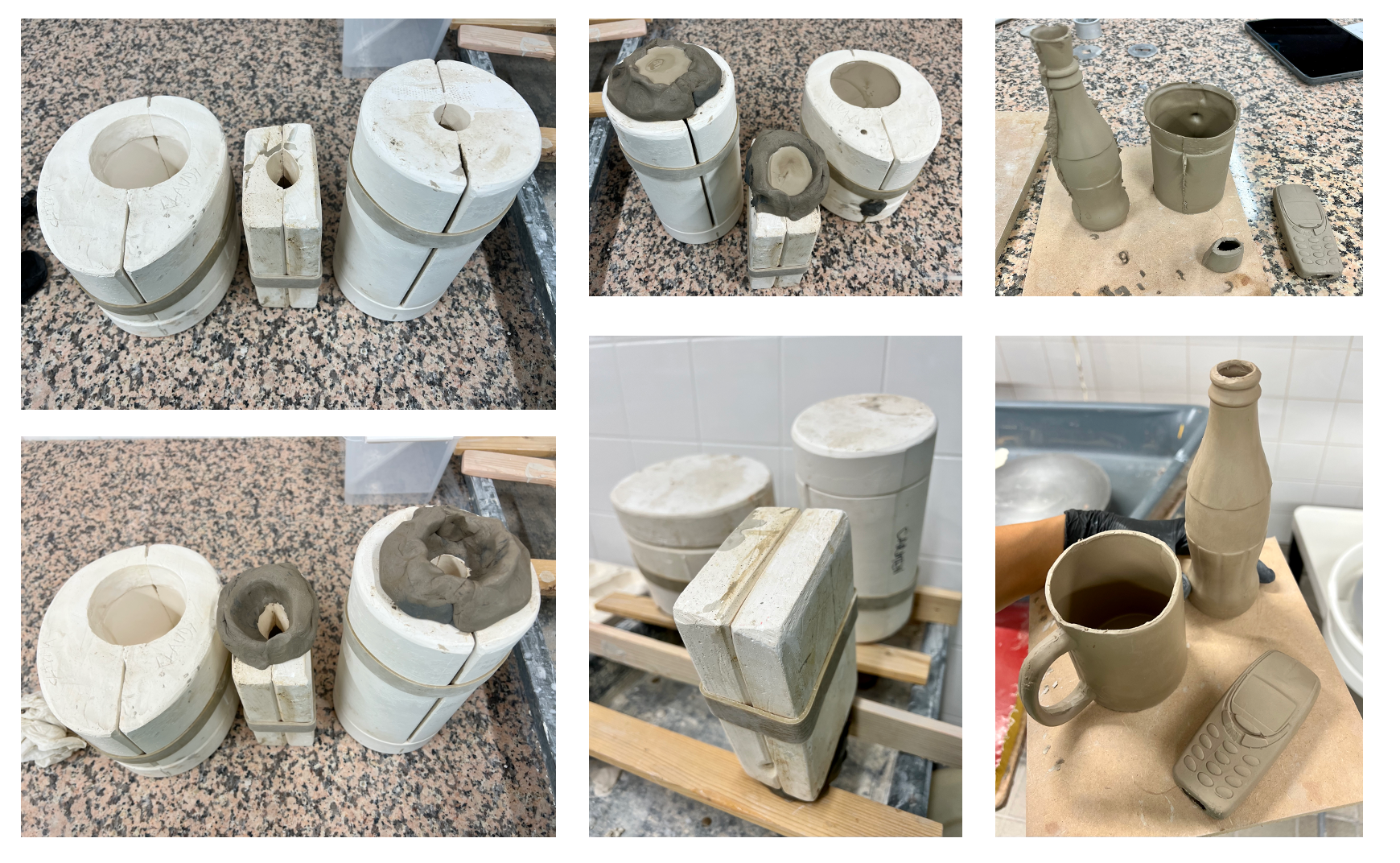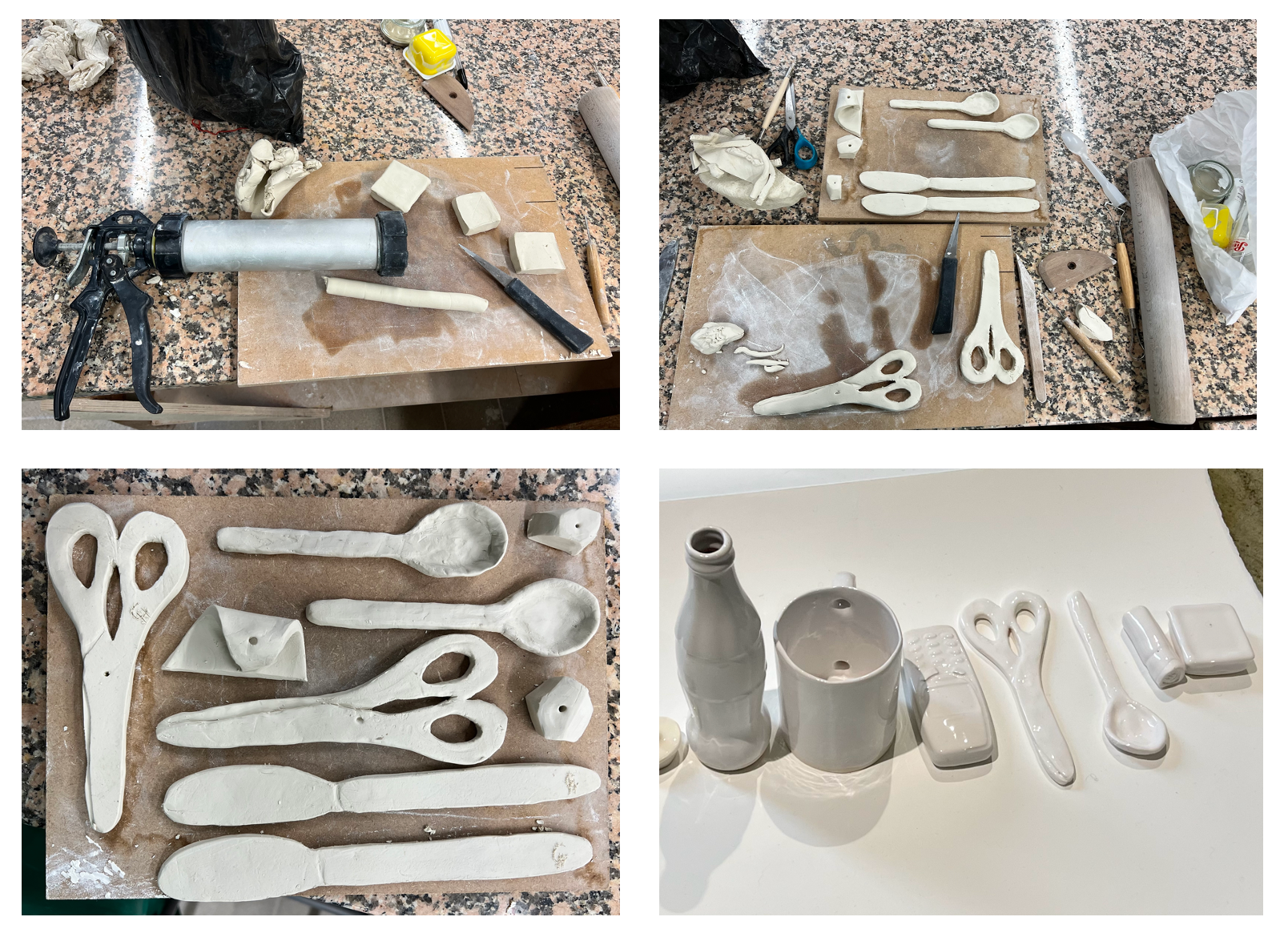Summer Show Crit - featuring insights from Leah Capaldi, Yu-Chen Wang and my sculpture colleagues
The Summer Show presented a multifaceted exploration of themes like constriction, hauntology, and the interplay between past and present. The display exuded a sense of playful engagement and is naturally integrated onto the wall, extending further into the living sculpture. The show hinted at audience interaction with objects, paving the way for potential workshops. The diverse elements—scaffolding, printing, containers, ceramics—create a complex yet interconnected environment, resembling a playful playground where object participation is central. The narrative of these stories extends beyond the structure and constraints, challenging the relationship between 2D prints and boxed items.
While the objects maintained a domestic and limited scale, there was a suggestion that larger-scale prints could intensify the immersive experience and connectivity between print and sculpture. The layout, encompassing floor, wall, and structure, invoked a sense of childhood wonder, emphasising tactile engagement. Amidst this, there's an undercurrent exploring darker themes of consumerism, value hierarchies, and our relationship with objects.
The inclusion of cellophane, questioned why we keep certain things, aligns with references like the Noguchi exhibition at Barbican and Paul Neagu's work, particularly emphasising the miniature houses within a room. The suggestion to conduct experiments involving audience interaction with objects through handling and video recording prompts considerations on the intentions behind these actions.
Emphasising differences and sentimental values attached to objects, the show also reflected the artist's personal relationship with her creations. The act of repetition, cataloguing, archiving, and categorising objects underscores the thematic exploration of constraint and limitation. Moreover, the consideration of incorporating a metal frame, in contrast to the predominant use of readymades, remains a point of contemplation, drawing parallels to Francis Bacon's concept of the cage.
In conclusion, the Summer Show has inspired me to focus on two key areas moving forward: the potential for interactive workshops, encouraging audience engagement with my artwork, and the development of my printmaking practice. My plan involves showcasing not only my small remade objects but also creating enlarged prints of these same objects to deliver a more substantial impact.
